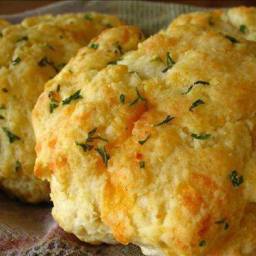 Rye bread is a traditional Eastern European bread menu. It's still popular across Russia, Germany and the Baltic expresses. This was generally because of the fact that rye grains were easy to increase in bitter climates and not only grew well on farms however in the outrageous as well.For this formula we're going to take a look at a rye bakery made with 100% rye flour. This is the traditional recipe used across Eastern European countries because of the fact that rye turf was hardy and easy to develop in bitter weather, and often grew in the wild.You should know that rye flour does not have quite a lot of gluten which cause yeast to develop and increase a loaf of bakery. The effect is that you will end up with an extremely heavy and thick loaf of loaf of bread. It'll still have an outstanding taste but avoid being disappointed if the loaf will not rise and it is very dense. It's also advisable to know that rye flour is not gluten free, it simply lacks the same amount of gluten that you will find in breads flour, all-purpose flour, and wheat flour.This rye breads recipe can be produced in your bakery machine using the whole wheat setting. If you have a 100% whole wheat grains setting that's better still. It has a great taste and works effectively as a groundwork for an appetizer or canape and really should be sliced thin.One extreme care is that you will find this recipe does not coalesce into a dough ball in your bakery machine like other breads made with more traditional flours. You will have to lift the lid during the early on kneading process and press the rye dough for the kneading paddle from time to time to create the dough ball. Stick with it throughout the kneading process. If need be, removed the dough ball from the pan and form it into a dough ball with the hands and drop it back into the bread skillet.
Rye bread is a traditional Eastern European bread menu. It's still popular across Russia, Germany and the Baltic expresses. This was generally because of the fact that rye grains were easy to increase in bitter climates and not only grew well on farms however in the outrageous as well.For this formula we're going to take a look at a rye bakery made with 100% rye flour. This is the traditional recipe used across Eastern European countries because of the fact that rye turf was hardy and easy to develop in bitter weather, and often grew in the wild.You should know that rye flour does not have quite a lot of gluten which cause yeast to develop and increase a loaf of bakery. The effect is that you will end up with an extremely heavy and thick loaf of loaf of bread. It'll still have an outstanding taste but avoid being disappointed if the loaf will not rise and it is very dense. It's also advisable to know that rye flour is not gluten free, it simply lacks the same amount of gluten that you will find in breads flour, all-purpose flour, and wheat flour.This rye breads recipe can be produced in your bakery machine using the whole wheat setting. If you have a 100% whole wheat grains setting that's better still. It has a great taste and works effectively as a groundwork for an appetizer or canape and really should be sliced thin.One extreme care is that you will find this recipe does not coalesce into a dough ball in your bakery machine like other breads made with more traditional flours. You will have to lift the lid during the early on kneading process and press the rye dough for the kneading paddle from time to time to create the dough ball. Stick with it throughout the kneading process. If need be, removed the dough ball from the pan and form it into a dough ball with the hands and drop it back into the bread skillet.Bread Mixer eBay
Light Rye Bread Recipe [Bread Machine] Bakerology
![Light Rye Bread Recipe [Bread Machine] Bakerology Light Rye Bread Recipe [Bread Machine] Bakerology](https://bakerology.com/wp-content/uploads/2018/02/basic_white_bread-700x700.jpg)
747 best BREAD MACHINE MAGIC! images on Pinterest Bread machine recipes, Bread machines and

